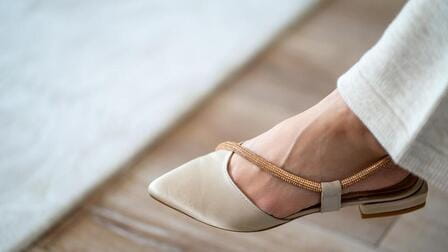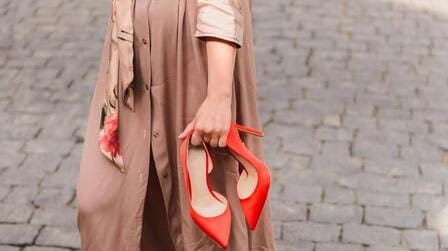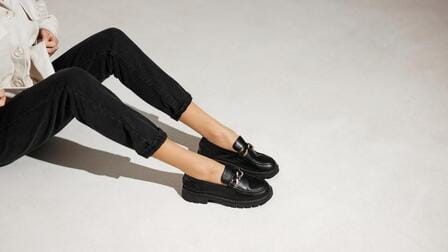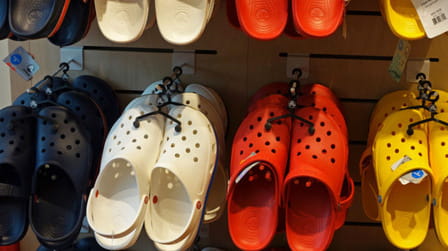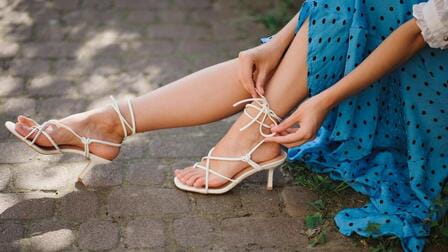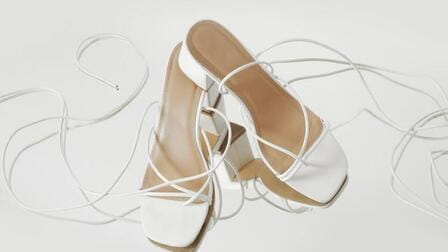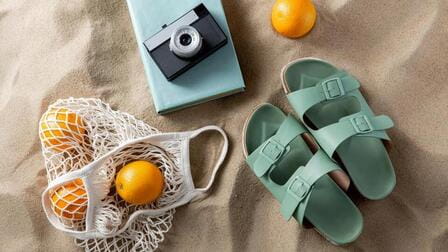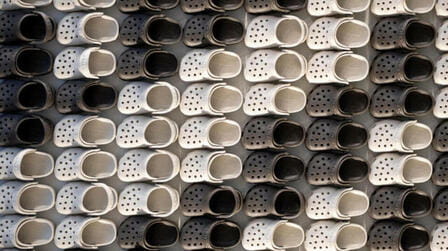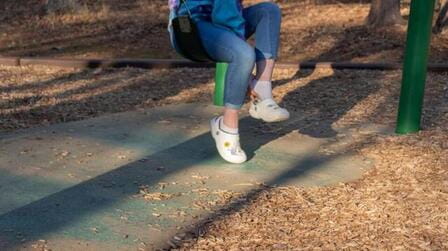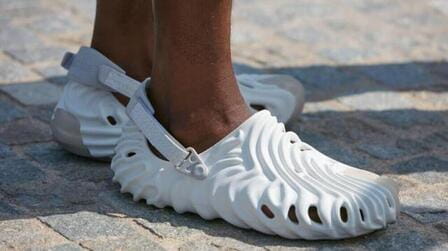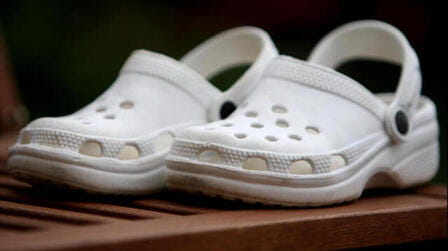Wearing sandals all day can be comfortable but there are some health considerations to keep in mind. Here is a detailed look at the pros and cons of wearing sandals for extended periods.
Overview of wearing sandals all day
Many people enjoy wearing sandals in warm weather for their open, breezy feel. Sandals allow the feet to breathe and don't trap heat like closed shoes. For some occupations like chefs or nurses, sandals may also provide better traction than slippery dress shoes. Some key points about wearing sandals all day: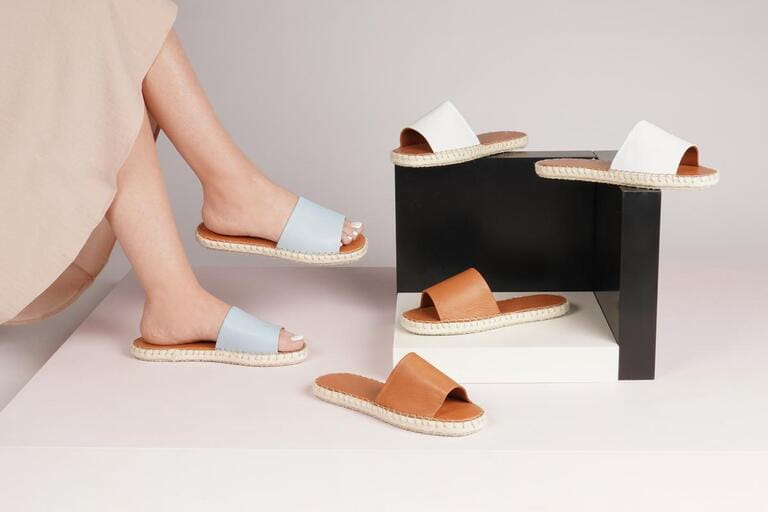
- Sandals distribute pressure differently than closed shoes. Weight is concentrated on the heel and ball/toes of the foot. This uneven pressure can cause foot pain over time.
- The lack of support and grip of sandal straps can lead to tripping or difficulty balancing compared to sturdy shoe uppers.
- Open-toed footwear provides less protection. Feet are exposed to bumps, scrapes, or spilled hot liquids.
- Sweaty feet are more likely in sandals, especially plastic styles that don't breathe well. This moisture raises the risk of fungal infections like athlete's foot.
Now let's explore the potential pros and cons further.
Potential advantages of all-day sandal wear
Better ventilation. Sandals allow air to circulate around the feet to prevent excessive sweating and odor. The open nature helps release body heat so feet stay cooler.
Freedom of movement. Straps move and bend with the foot instead of rigid shoe uppers. This flexibility and lack of constriction can make sandals feel more natural and comfortable.
Convenience. On hot days, sandals easily slip on and off without needing to manipulate laces or straps. Their casual style also allows them to go with a variety of outfits.
Weight. Basic designs like flip flops are extremely lightweight. Reduced weight on the feet can help prevent fatigue over many hours of wear.
Traction. The soles of some sandal styles provide decent traction that may exceed dress shoes, especially when wet. Models with tread or textured soles offer the best grip.
Potential disadvantages of all-day use

Risk of injury. Exposed toes and loose-fitting straps make sandals prone to stubbing injuries or trips and falls. The risk increases when running in sandals versus proper athletic shoes.
Spread of infections. Shared showers or locker rooms allow contact with fungi and bacteria. The open design of sandals exposes feet to these pathogens. Sweaty, damp feet further increase infection risk.
Skin irritation. Rubbing straps and lack of socks can lead to blisters or chafing. Sweaty feet are also at risk for irritations like athlete's foot. Prolonged sandal use can worsen these skin issues.
Difficulty balancing. The minimal sole and lack of stabilizing uppers can make sandals harder to balance in than sturdy shoes. This could be an issue for long periods of standing or walking.
Insufficient cushioning. Lightweight flip flops and sandals sacrifice padded midsoles and shock absorption. This can contribute to overall fatigue and foot soreness over an entire day.
Tips for wearing sandals all day
Here are some tips to minimize risks and make all-day sandal wear more comfortable:
- Choose well-constructed sandals with arch support, cushioned footbeds, and adjustable/padded straps to minimize rubbing and fatigue. Leather styles often mold to the feet over time.
- Take sandals off periodically to allow feet to rest and air out. Change into alternate shoes or go barefoot if possible.
- Wear socks with closed-toe sandals to wick moisture and prevent chafing. Socks also minimize contact with locker room floors.
- Apply foot powder to limit sweating and friction. Periodically wash feet to keep them clean and dry.
- Avoid cheap plastic sandals, which have minimal cushioning and trap heat. Upgrade to higher quality materials like leather.
- Walk carefully and avoid running in sandals to prevent slips, trips, and stubbed toes.
- Treat any foot irritation promptly with antifungal or antibacterial creams to prevent worsening infection.
When to avoid all-day use
Certain foot conditions make wearing sandals inadvisable for prolonged periods:
- Diabetes - Nerve damage and reduced circulation increase injury risk. Closed, protective shoes are safer.
- Arthritis - Sandals provide minimal arch support to ease painful, inflamed joints. Opt for shoes with cushioned footbeds.
- Plantar fasciitis - Open backs lack heel counters that help support and stretch the plantar fascia. Closed-toe athletic shoes are better.
- Elderly - Loose straps and minimal padding/traction make sandals prone to causing balance issues or falls. Supportive shoes provide more stability.
- Orthotics - Custom orthotics need a closed shoe with room for the insert. Most sandals cannot accommodate them.
- Pediatric - Children's growing feet require sturdy support not found in minimal sandals, which can negatively affect development.
Should you wear sandals all day?

However, all-day use for extended standing or walking can result in fatigue, pain, or foot problems over time due to uneven pressure and lack of cushioning. For regular long days, properly fitted shoes are usually the smarter choice for foot health. But sandals in moderation will not harm most healthy feet.
Listen to your body and stop wearing sandals if you develop discomfort, irritation, or injuries. Be diligent about foot hygiene as well. To enjoy the perks of sandals without risk, save them for shorter durations or pair them with socks and take frequent breaks.
FAQs about wearing sandals all day
Are flats or sandals better for all-day wear?
For all-day use, ballet flats edge out sandals due to their enclosed design. The coverage protects against bumps and provides toe grip when walking. Flats also usually have more cushioning and support than minimal sandals. But they lack ventilation, so sandals can be cooler.
What are the best sandals to wear all day?
Look for well-constructed leather or athletic sandals with molded midsoles, arch support, and multiple adjustable straps across the toes, instep, and ankle. Brands like Birkenstock, Naot, and Chaco offer excellent arch support for extended wear.
Should nurses wear sandals?
Most experts advise against nurses wearing sandals due to risks of slips and exposure to spills or bodily fluids. Closed-toe athletic shoes with slip-resistant soles provide safer traction and foot protection in healthcare settings.
Can plantar fasciitis wear sandals all day?
No, plantar fasciitis sufferers should limit time in flat, unsupportive sandals. Rigid soles and firm heel counters found in stability shoes help support the foot and minimize pain. At home, orthopedic sandals can be worn briefly for plantar relief.
Are flip flops ever okay for all-day wear?
Basic rubber flip flops lack the structure, grip, and padding needed for extended standing or walking. They are okay for short casual use but extended wear often leads to pain and soreness. Better sandal choices have contours, multiple straps, and shock absorption.
Conclusion
Sandals can feel great in the short term but lack key features for true all-day comfort. Their minimalist design often leads to problems like irritation, odor, and fatigue when used excessively. For prolonged wear, sturdy supportive shoes are usually the wiser option to keep feet healthy.
Sandals are best reserved for occasional, casual use rather than continuous daily wear, unless you opt for well-cushioned athletic or orthopedic styles. If choosing to wear sandals all day, take steps to minimize risk of injury and practice good foot hygiene. Listen to any discomfort and give feet a rest from time to time.
